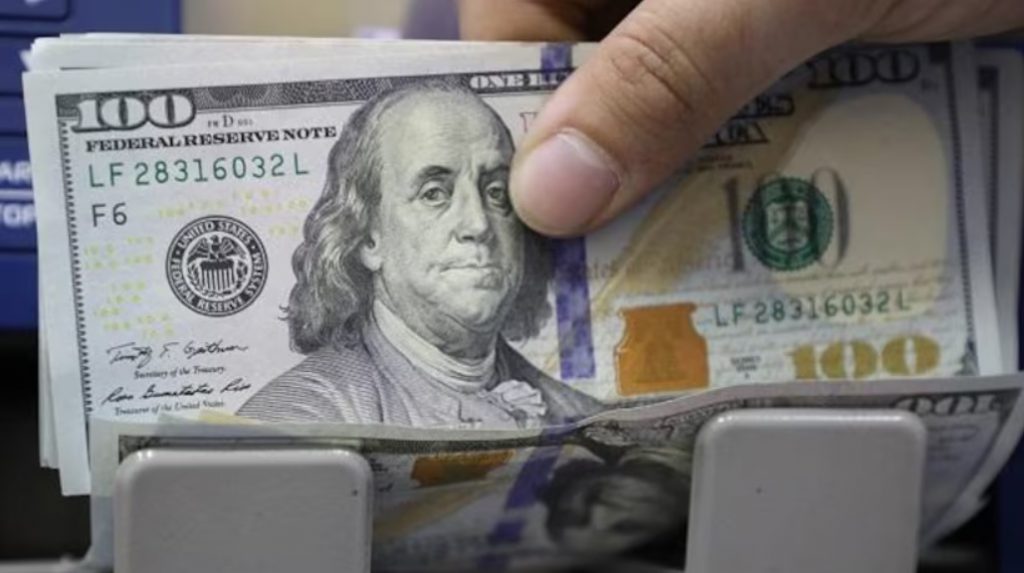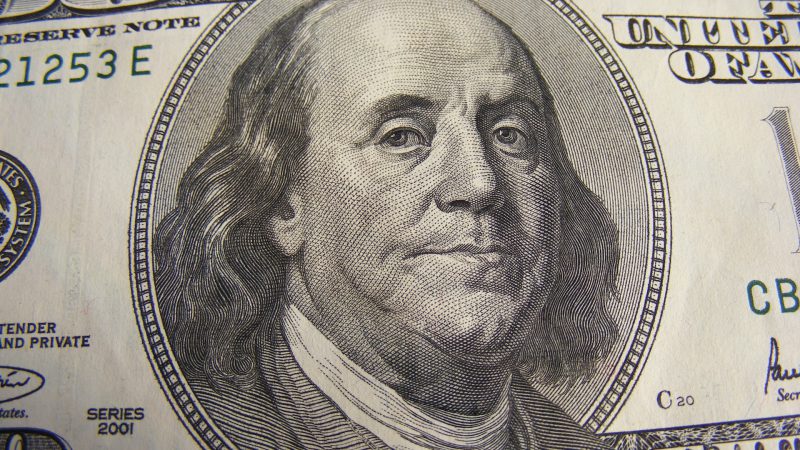The US dollar remains steady ahead of four important events that will decide its prospects this week. The DXY Index shows the USD positioned at 103.78 and opened the day’s trade higher with a surge of 0.33%. The world’s leading currency shot up by 0.35 points ahead of the crucial week signaling volatility in the charts.
Also Read: BRICS: US Dollar Losing Dominance Against Kenyan Shilling
Currency traders remain cautious by not taking entry positions into the US dollar in the days leading up to the announcements. The inflow of funds remains stagnated which could send the prices briefly down in the next few days.
US Dollar: 4 Important Central Bank Events on the Cards


The US dollar could swing in any direction this week due to the upcoming Central Bank events. The four Central Bank events lined up this week that can dictate the US dollar prospects are:
Also Read: Currency: What’s Happening With the US Dollar and Indian Rupee?
- The Federal Reserve will provide clues about the next interest-rate outlook as the surge in inflation numbers has affected the markets. The Consumer Price Index (CPI) shows a rise in inflation to 3.2%, which is higher than expectations.
- The preliminary Purchasing Managers Index (PMI) data for March is scheduled to be released on Thursday this week.
- Federal Reserve Chairman Jerome Powell is set to deliver speeches and statements at the end of this week.
- Apart from Powell, two other Fed members are scheduled to talk about the economy and indicate the next steps.
Also Read: BRICS: 10 Local Currencies Outperform The U.S Dollar This Week
All these developments will further guide the markets and dictate the prospects of the US dollar. Therefore, this week is crucial for the US equities market, commodities, and the broader currency markets, including the USD.
The US dollar remains on a slippery slope as 10 local currencies have outperformed it this month. Even the Kenyan Shilling is trampling the USD in the forex markets lately. If the development continues, local currencies could strengthen further and keep the US dollar under pressure.





